Ensure optimal alfalfa growth with these tips
As we settle in for the off season, it’s important to take a critical look at current management practices and areas of possible improvement. Fall management decisions, such as final cutting height and date, are already impacting next season’s alfalfa crop. These choices, along with winter weather, play a significant role in stand persistence and growth initiation in the spring.
But next season’s yield and quality isn’t set in stone just yet. Here are three things hay producers can do during the colder months to ensure optimal forage production next year.
1. Perform soil tests.
Soil testing is a perfect way to get out of the house and into the field during cooler weather. It provides important insight into soil fertility and helps influence management decisions for spring and beyond.
As long as the ground isn’t frozen, producers can perform soil testing. Testing is recommended every three years for permanent fields and six months prior to forage establishment for new fields. Producers should provide a representative sample for each unique growing environment; this includes changes in soil profiles within a field. One sample should consist of cores from 15-20 spots within a field not representing more than 10 acres. Sample in a zigzag pattern avoiding fence rows, dead spots and other areas not representative of the whole field. Sampling depth will depend on your field management and testing guidelines, but a depth of 6-8 inches is recommended for alfalfa fields. Mix cores from each representative area and dry, if necessary, before shipping to your testing site.
Soil testing is the basis for nutrient recommendations and soil pH adjustments. By getting this information early, hay producers can start budgeting and planning for fertilizer applications and other amendments.
2. Start planning for fertilizer applications.
With soil test results in hand, producers can begin mapping fertilizer application needs. Keep in mind fertilizers and amendments have different activation periods, not to mention price and availability fluctuations. The more producers can plan ahead at this stage, the better.
For alfalfa, phosphorus (P) and potassium (K) are both important nutrients for increased yield and stand longevity, and both are required in relatively high amounts throughout the growth process. Recommendations from Purdue Extension say P should be added if soil test levels are 45 ppm or less. For very low P test results, less than 15 ppm, recommendations call for 115 to 165 pounds per acre of phosphate (P2O5) depending on yield expectations.
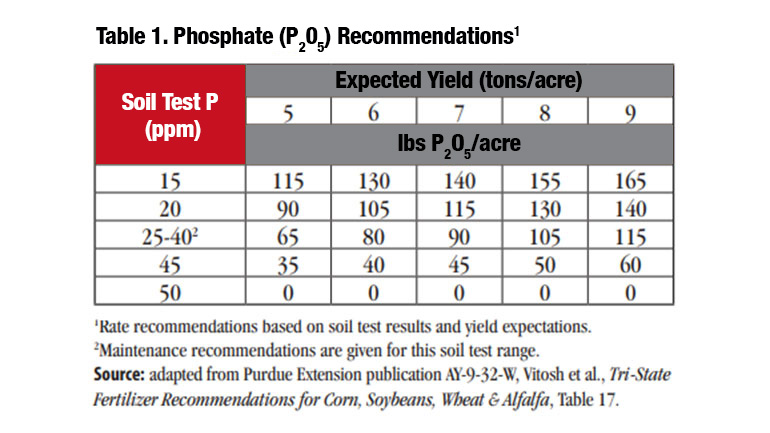
Table 1. Phosphate recommendations.
Potassium (K) recommendations are based on soil test ppm and the soil’s cation exchange capacity (CEC). Soil with low K, 75 ppm, for example, will need more K fertilizer at a higher CEC than that with a lower CEC. Application rates should never exceed 300 pounds of K2O per acre regardless of K deficiency and CEC.
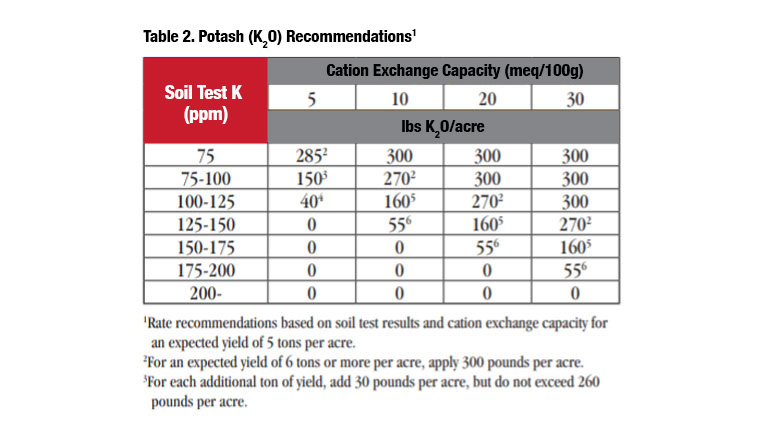
Table 2. Potash recommendations.
Both K and P can be applied in various forms. Farmers can choose the form that best fits their situation, keeping within recommended amounts.
Soil testing will also return current field pH levels. For alfalfa, soil pH should be between 6.8 and 7.2 for optimal production. Fields can be amended with lime, but this takes five to six months to activate and change the pH. Because of the time needed for activation, fall application is recommended so the lime can activate over the winter months and have an ideal pH during the growing season. Alternatively, if spring soil tests return higher pH levels and the stand productivity is questionable, producers should look to rotate that field out of alfalfa for a season with the option of reseeding in the fall.
3. Assess stands in early spring for yield potential and overall health.
Conduct stand assessment once plants start growing in the spring. We recommend a stem count to predict current yield potential and a crown and root health assessment to determine future yield potential.
Stem Count
This assessment determines plants per square foot and is a good indicator of what this year’s yield might be. Mark off three to four 2-square-foot sections for a representative assessment. To make this easier, producers can build a PVC square or use a welded cable ring for a consistent marker. Count all the stems over 2 inches tall within the section and divide by 2 to get stems/square foot. Stand age does not impact the relationship between stem density and yield potential.
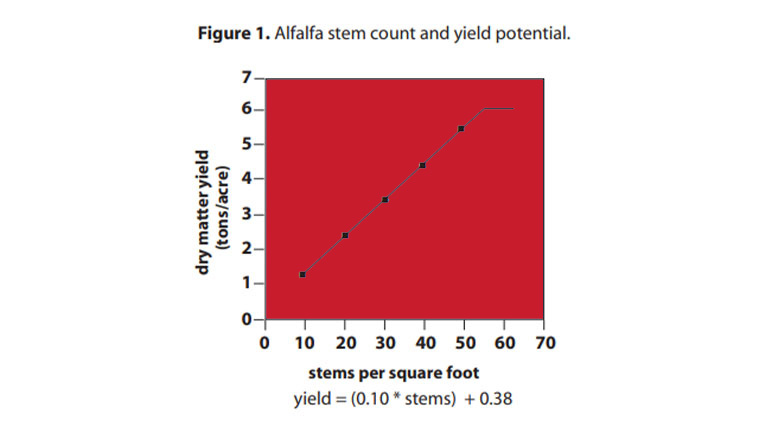
Figure 1. Alfalfa stem count and yield potential.
Crown and Root Health Assessment
To determine overall plant health, conduct a crown and root health assessment. Dig plants from three or four representative areas in each field. Be sure to include the crown and top 6 inches of root. Examine the crown for symmetry, size and number of shoots. Next, cut the root lengthwise and check for discoloration. Healthy alfalfa will have large, symmetrical crowns with many shoots. Roots will be off-white with only a few signs of discoloration. As stand persistence wanes, plants will have smaller crowns with poor symmetry and fewer shoots. There will also be visual evidence of crown and root rot as well as significant vascular discoloration.
Based on these stand assessments, producers will be better informed to make replanting decisions.
Planning Ahead for Success
Spring planting and fertilizing windows are short. Performing small but important tests and planning ahead can make a huge difference in the year’s productivity.
In addition to preparing fields for a smooth spring startup, it’s also important to take a look at your equipment. Now is the time to contact your local Massey Ferguson dealer to ensure parts availability. The winter is also a great time to inspect equipment and conduct preseason maintenance on large square balers and other hay tools.

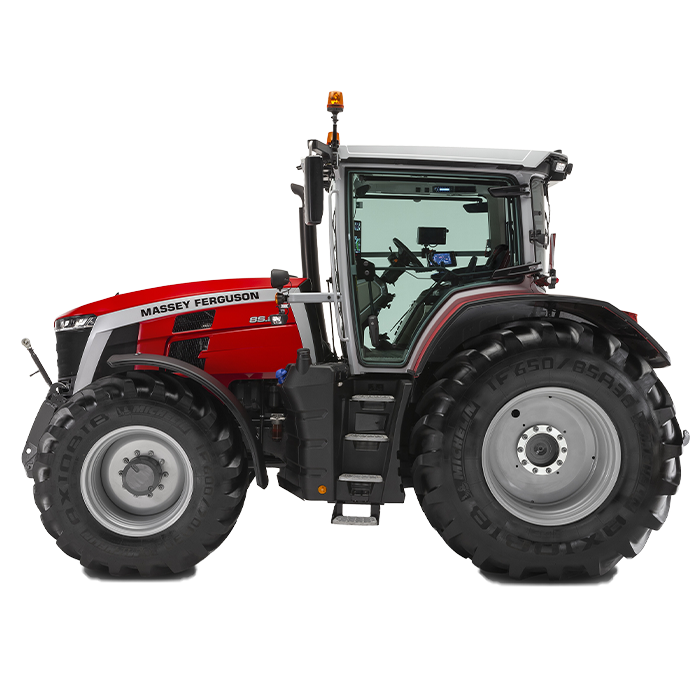
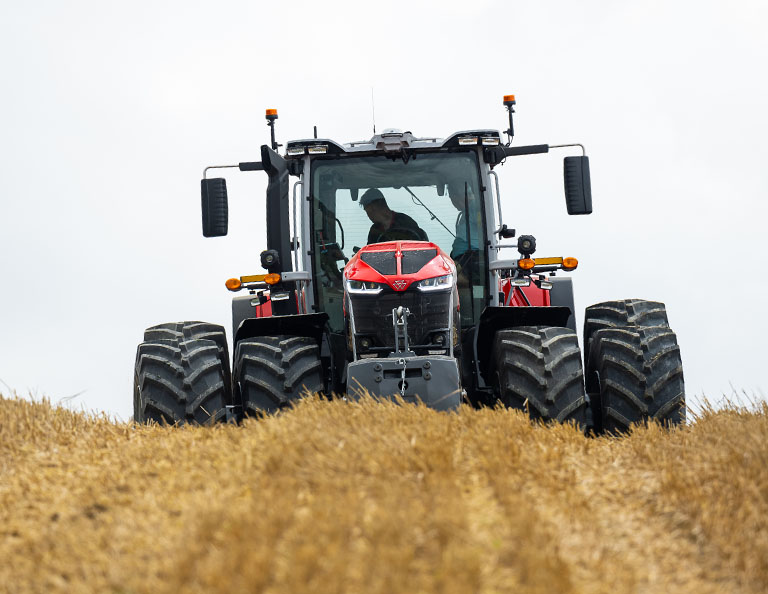

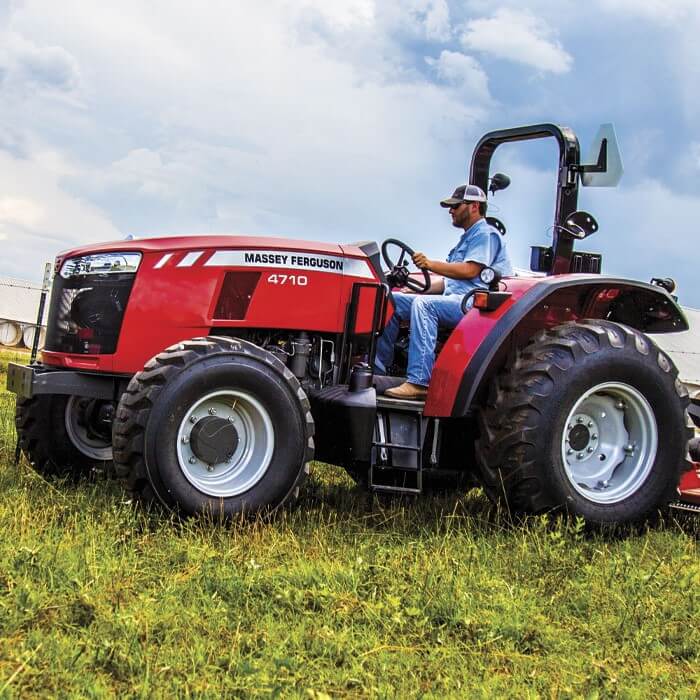


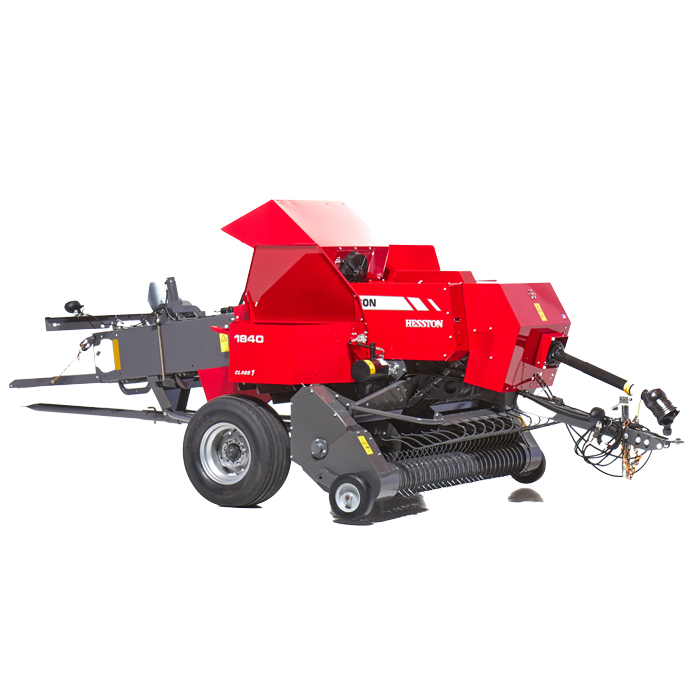
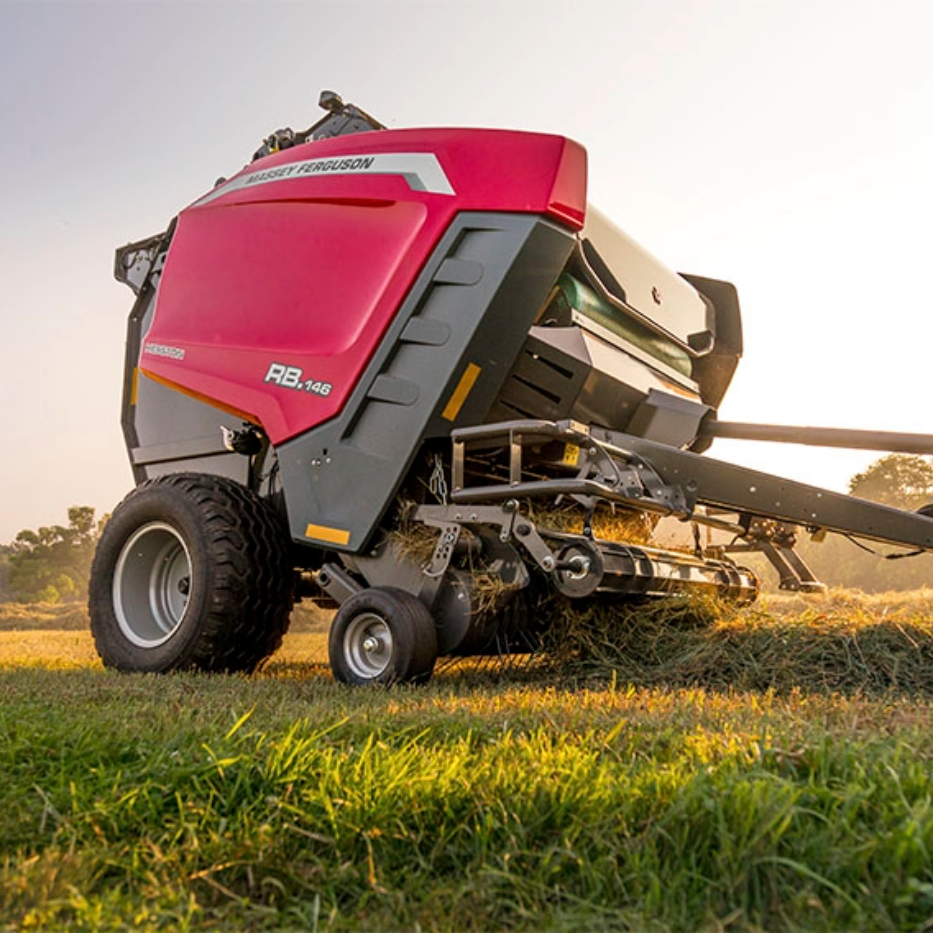
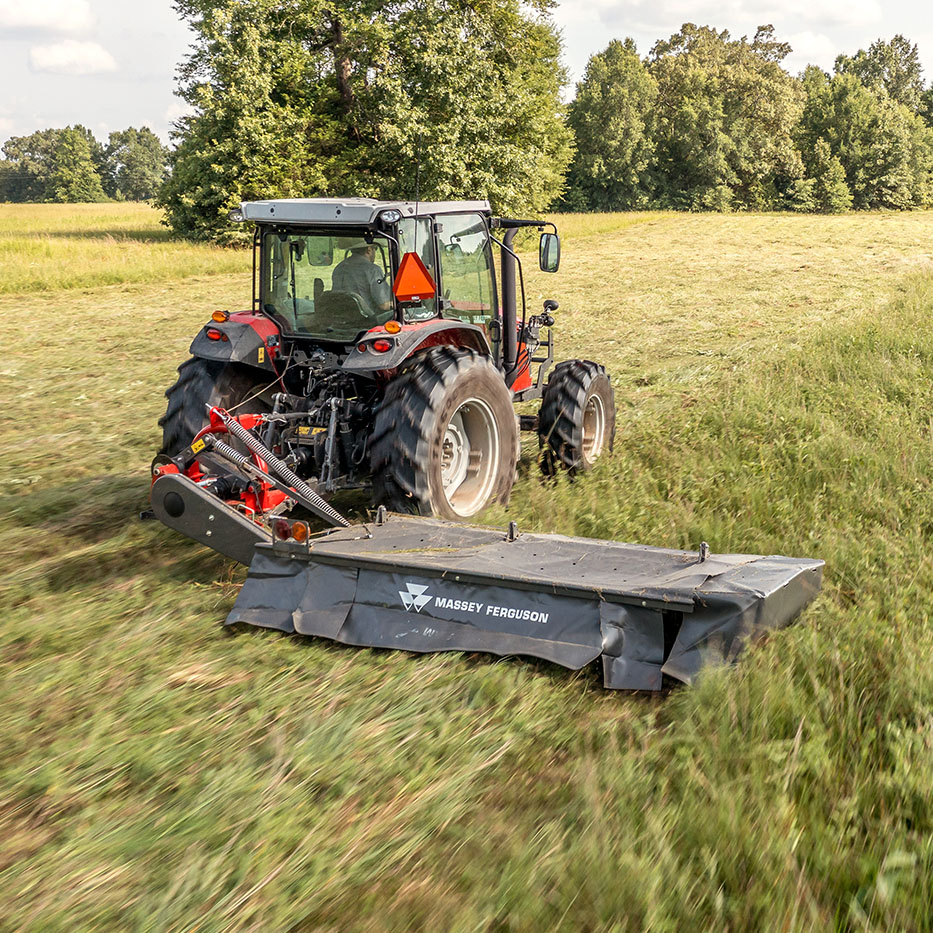
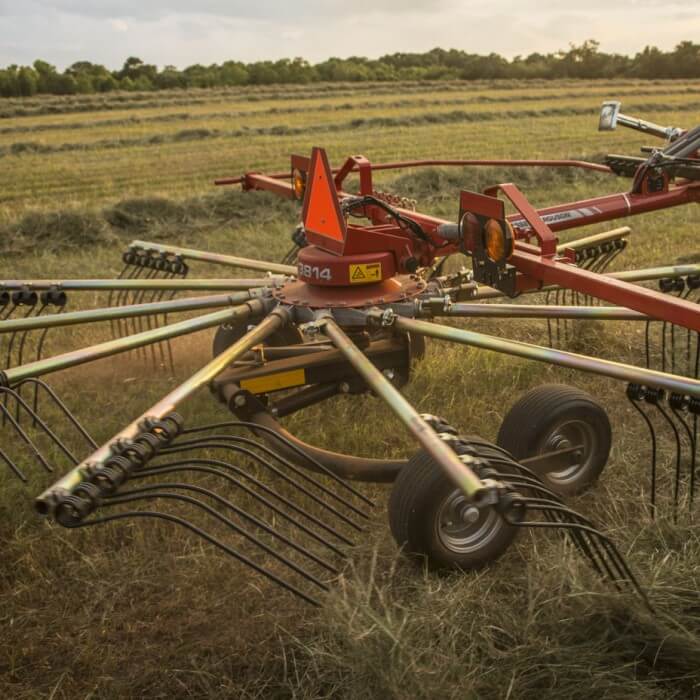
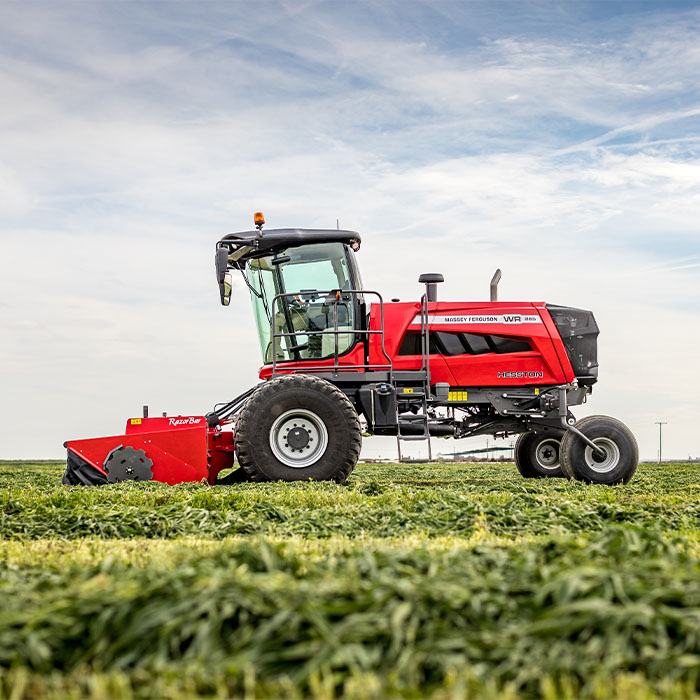
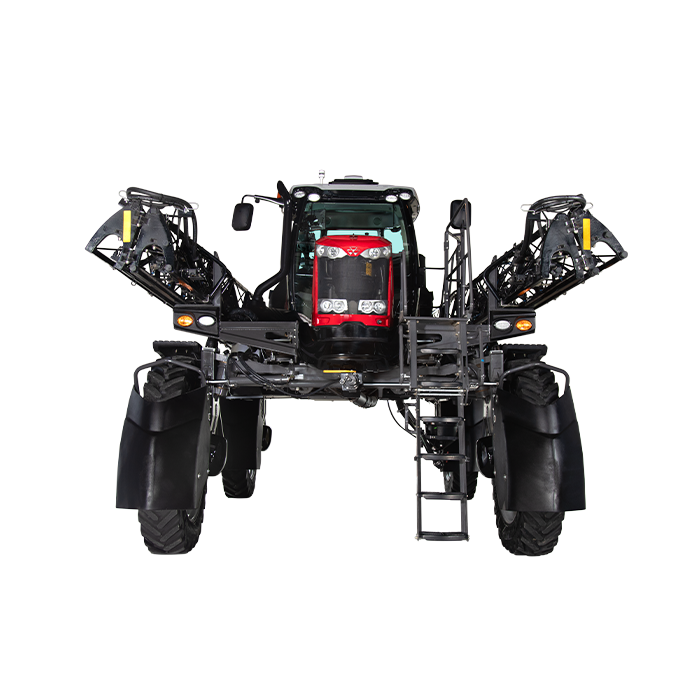

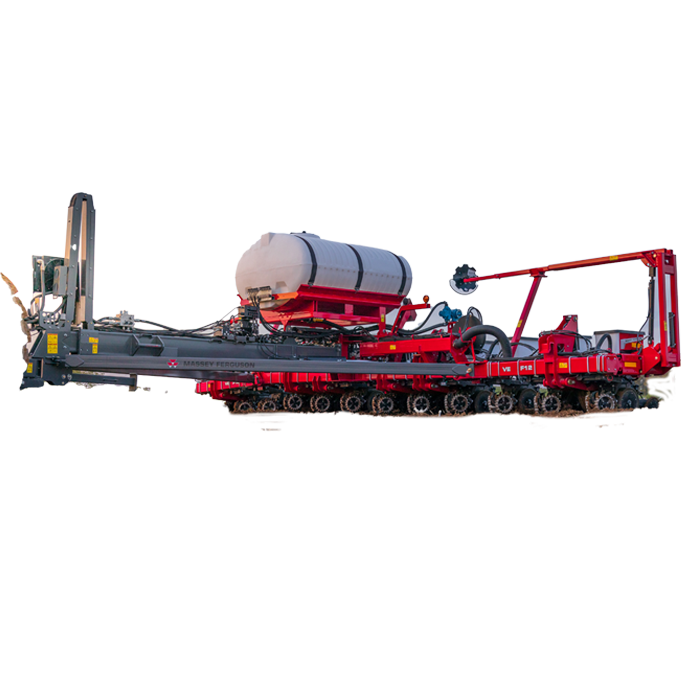
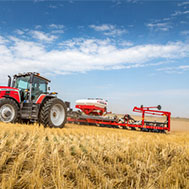
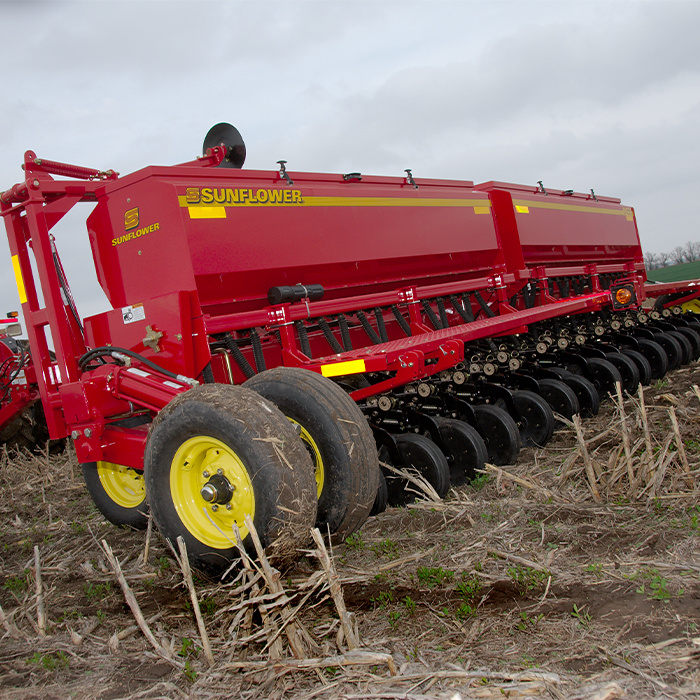
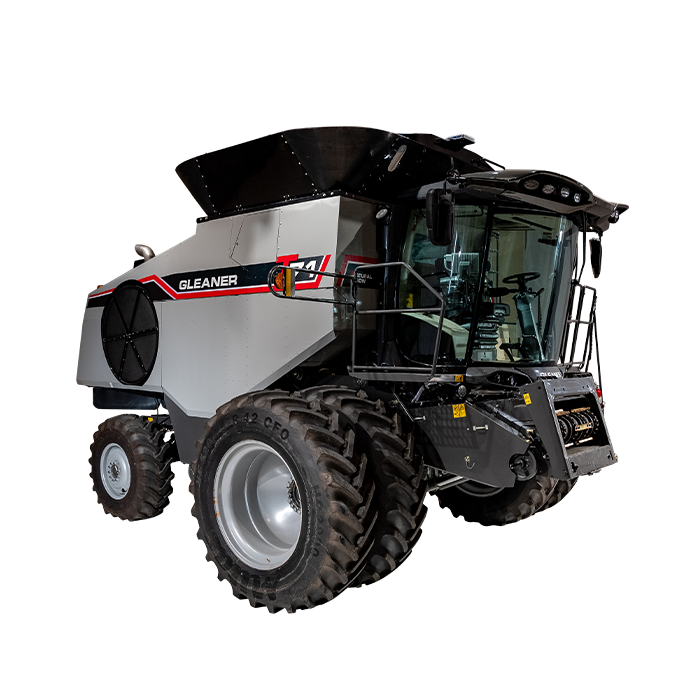

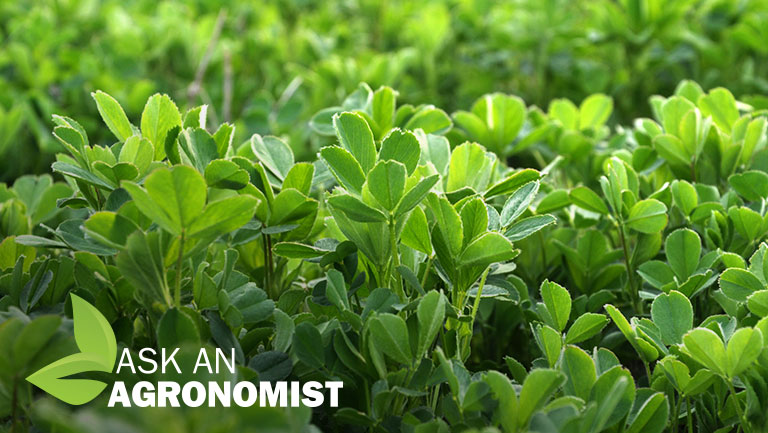
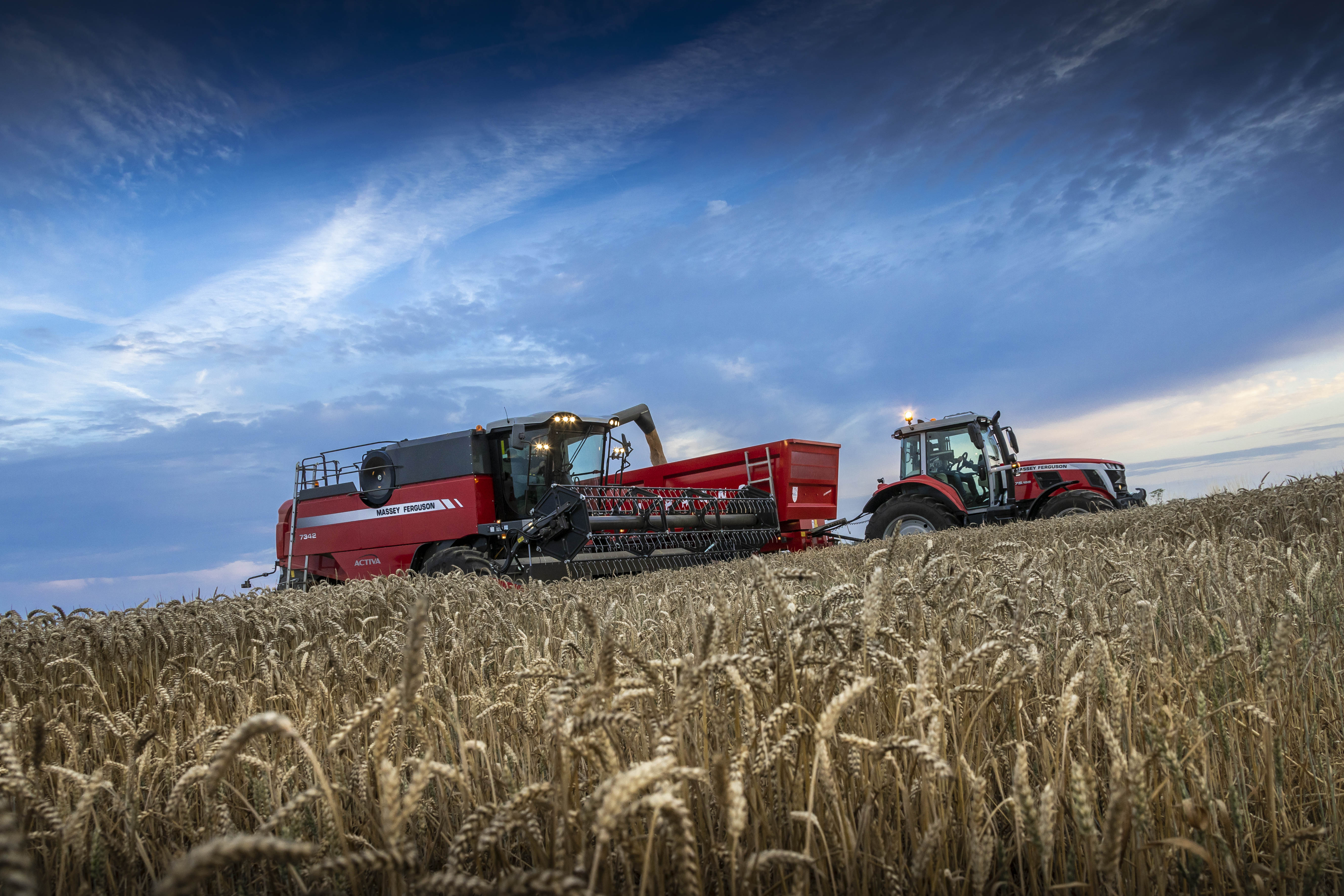
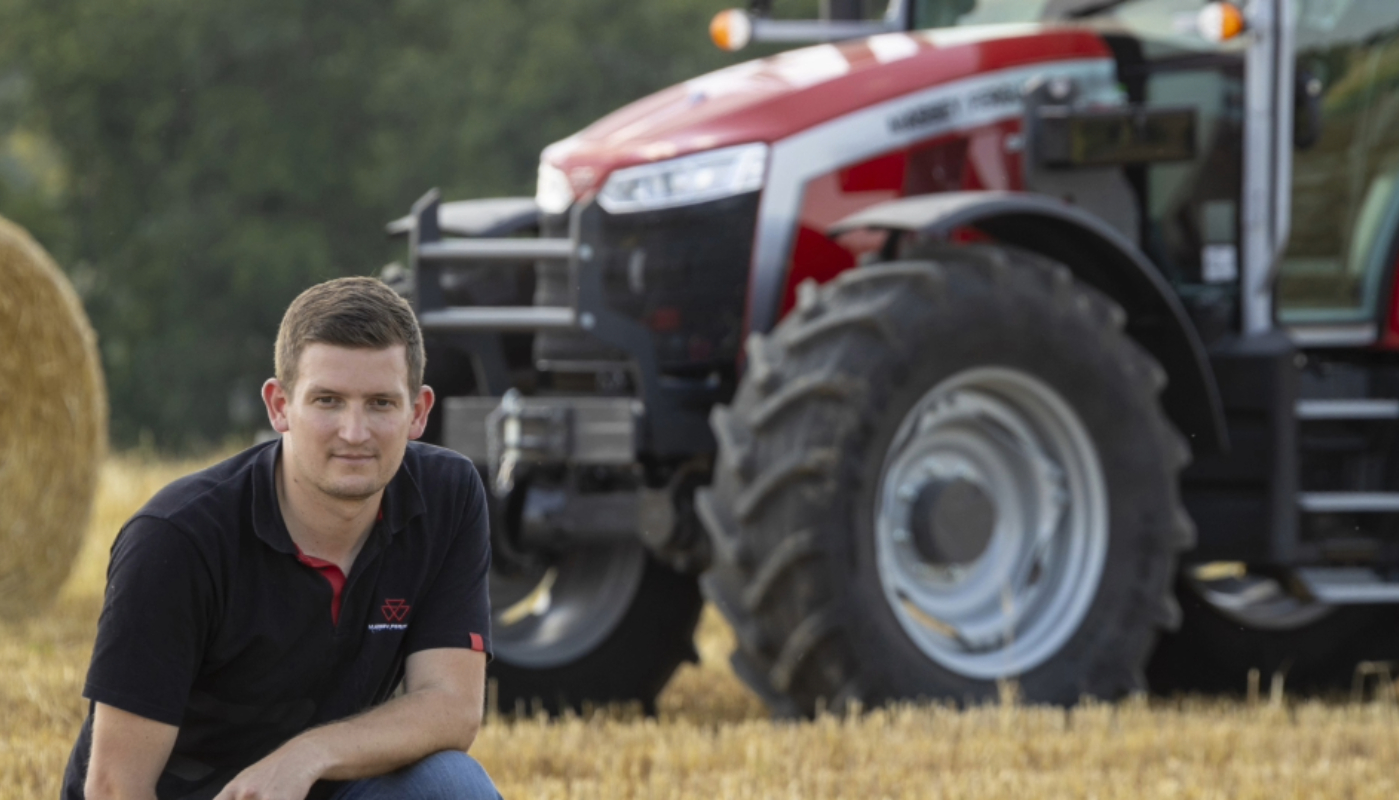
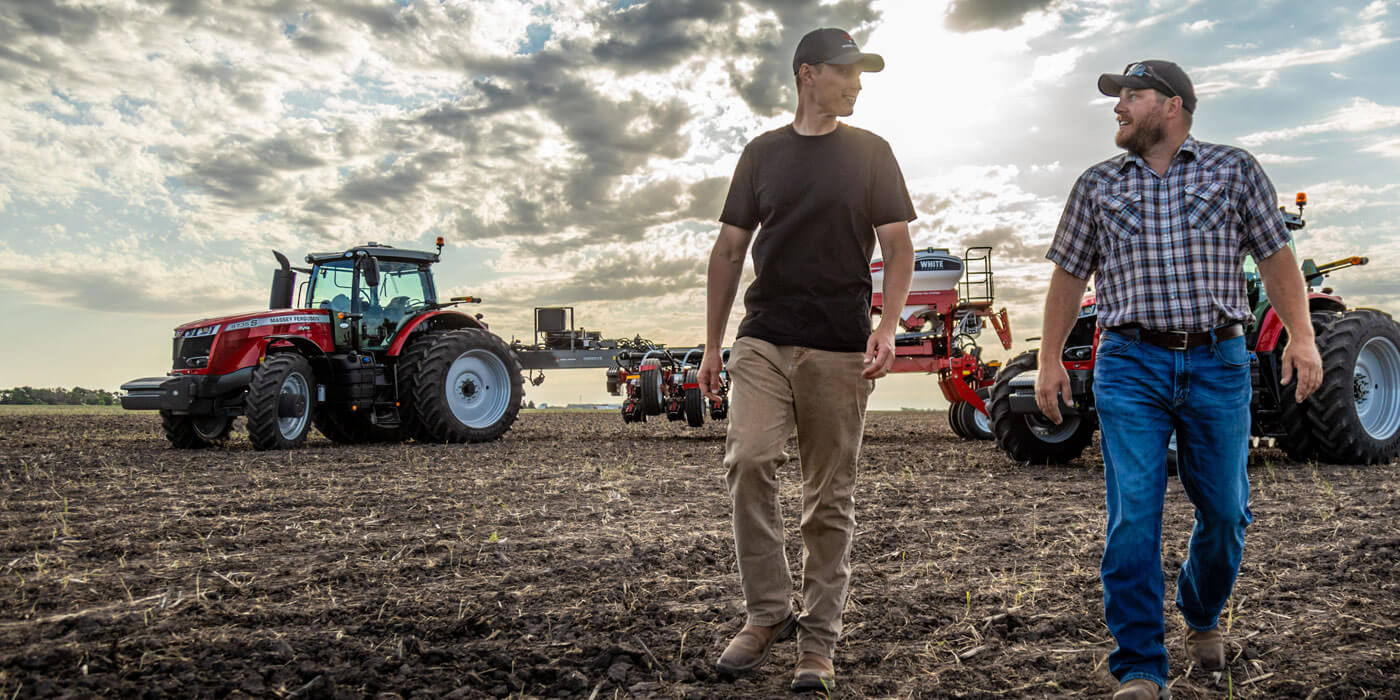
Share